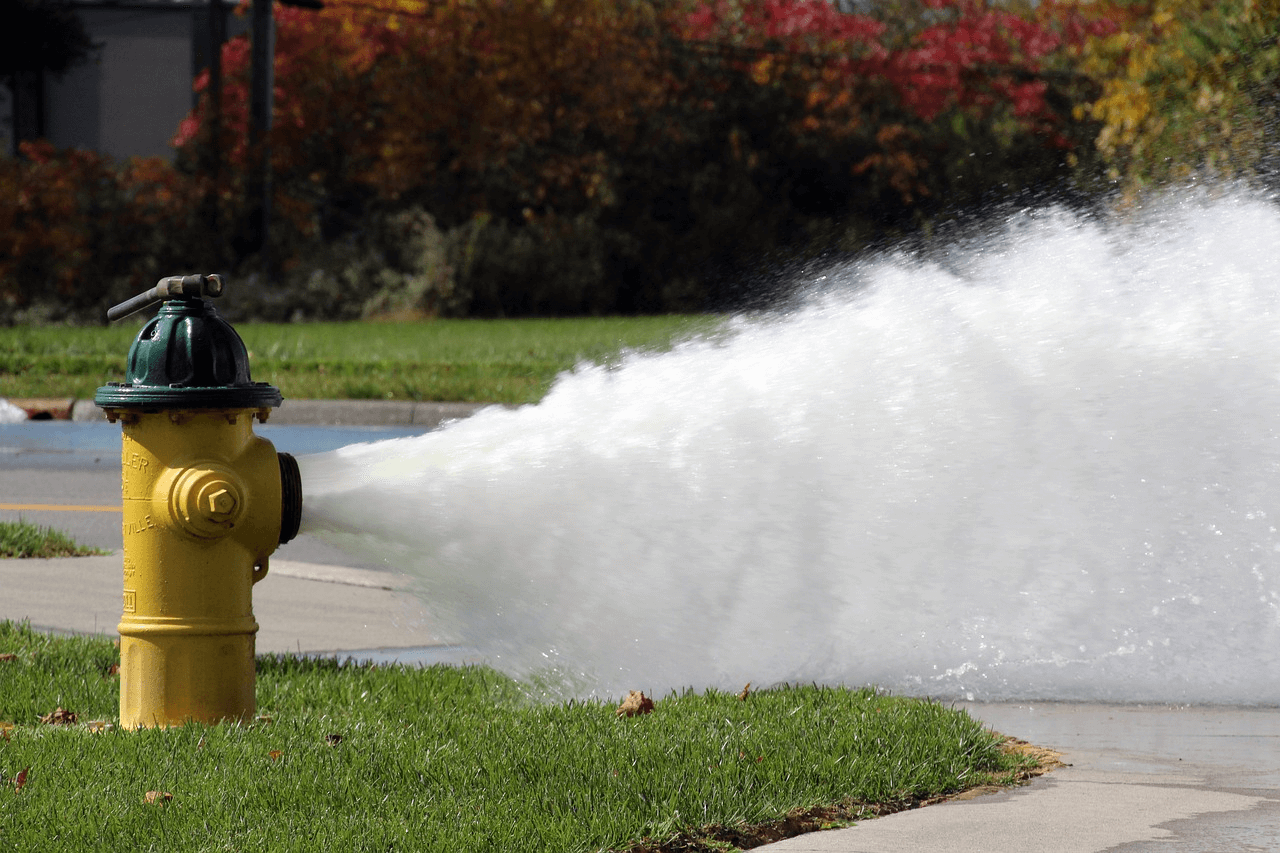A fire hydrant is a critical safety device for any commercial establishment, regardless of size. While public fire hydrants fall under the jurisdiction of the local government or any other public service entity, a corporation can increase risk prevention for employees and customers by installing a fire hydrant over a private water main line.
This increase in safety has led many commercial establishments, mining, and heavy industries in Australia to invest in private fire hydrant system installation for protection.
In the case of private fire hydrants, their maintenance and upkeep are the responsibility of the corporate management, and they need to be diligent about it to prevent possible leaks and damages. Even after thorough supervision and care, things do go awry with fire hydrants.
Here are 5 common reasons for fire hydrant leaks, and how to prevent them to ensure they are fighting fit if called upon.
Possible Reasons for Fire Hydrant Leaks
A leaking fire hydrant is a pressing issue that can cause ample public nuisance. More than that, it will be pretty ineffective when needed to suppress a fire. Most hydrant leaks occur below the ground, making it all the more difficult to figure them out in time.
A fire hydrant leak will affect the water pressure and flow crucial while dousing out a fire in commercial buildings, rendering it useless for the firefighters to work with. Here are some common issues that cause fire hydrants to leak below or above the ground.
- Rubbish and Debris:
If the fire hydrant cap is missing, the internal pipe can become exposed to rubbish, debris, and dust. With time the dust and debris will accumulate and settle in the opening, effectively blocking the water flow and pressure.
- Acts of Vandalism:
Fire hydrant systems are installed in plain sight as firefighters need to access them when needed quickly. This inadvertently means that they are exposed and often become a common target for vandals. From graffiti on hydrant indicators to physical damage, vandalism can lead to severe leaks in the hydrant affecting its function.
- Problems with the Hydrant Cap:
If not fitted properly, fire hydrant caps can become a significant reason for the leaks. If the cap is loose, overtightened, or the wrong size, it can pose a serious risk for the firefighters and your business. The loose caps can go missing, and overtightened caps will take precious time during emergencies. Ill-fitted caps will lead to leaks as they would not be able to contain the water pressure.
- Auto Accidents:
The most common reason for hydrant leaks is car accidents. While fire hydrants are built to last, they are designed with a breakaway flange which can separate on significant physical impact. A car hitting the fire hydrant can bend the stems, break the bolts or damage the flange leading to a major leak.
- Damaged or Leaked Pipes:
Last but not least, damage or disrepair in the main water line underground can lead to a fire hydrant leak. Burst pipes below must be addressed immediately as soon as detected.
How to Avoid Fire Hydrant Leaks for the Safety of Your Business?
Scheduling for annual or biannual testing with your fire hydrant system installation and maintenance company is the best way to prevent leakage. The testing frequency will depend on the type of fire hydrant installed and also on the climate. Here are 4 ways to keep the hydrant in proper shape.
- Ensure Proper Lubrication:
Follow the proper instructions on lubrication to prevent corrosion and leakage in the fire hydrant.
- Regularly Flush the Fire Hydrant:
Always flush the hydrant from time to time to remove dust, debris, and foreign material blocking the water flow or pressure. While flushing, you can often catch objects like wood chunks, soda cans, and other obscure things jamming the lead line. These things can block the main valve, making it challenging to open or close the hydrant during emergencies.
- Remove Obstructions:
During your routine maintenance, ensure that the breakaway flanges on the hydrant are not damaged or broken. If your fire hydrant does not have breakaway flanges, check the surroundings to make sure that there is nothing like car parking, debris, or bushes obstructing access to the hydrant.
- Sign up For a Fire Hydrant Maintenance Program:
No matter how much you keep a lookout for the fire hydrant, there are some issues that only licensed experts can detect and resolve. Moreover, you must abide by specific Australian Standards and Building Code of Australia requirements while installing and maintaining a fire hydrant. Outsourcing fire hydrant installation and maintenance to specialists will help you abide by the rules and regulations and keep the hydrant in good shape.
In Conclusion:
It is a great decision to invest in a private fire hydrant for the safety of your business and employees. So, always work with a trained professional regarding fire hydrant design, installation, and maintenance.



